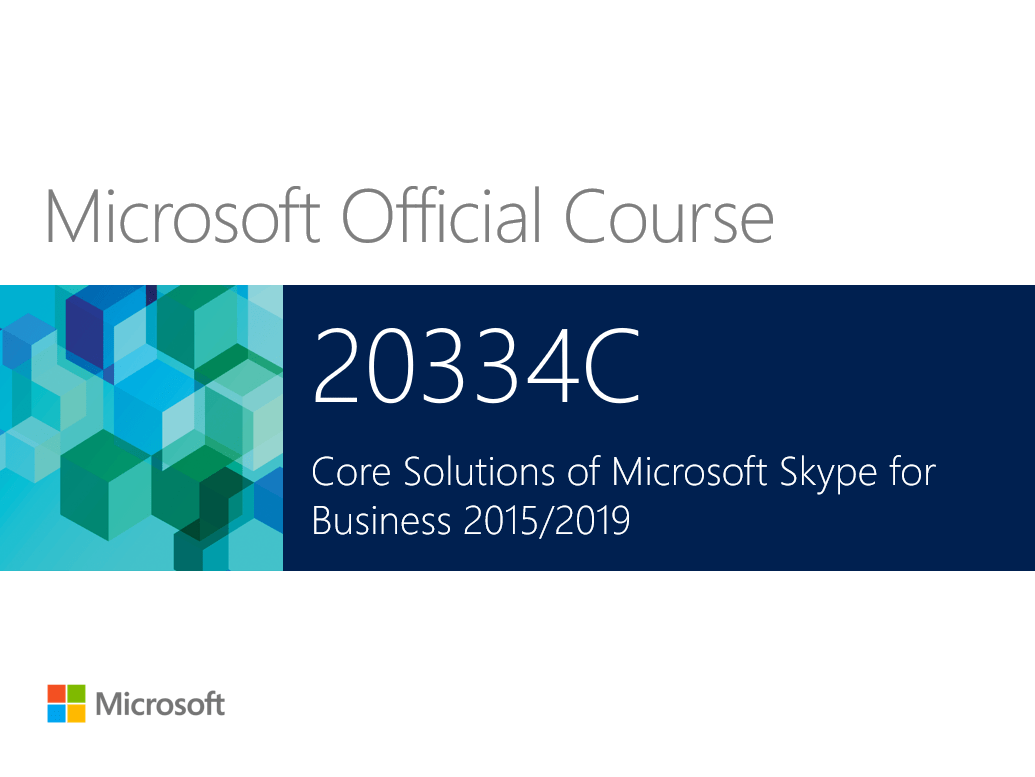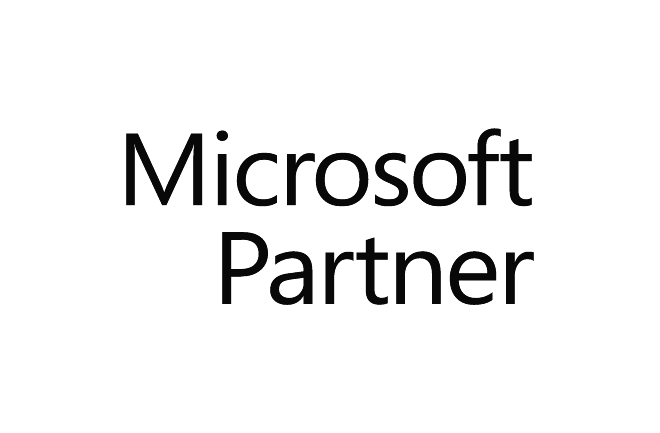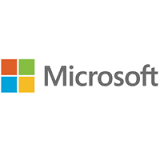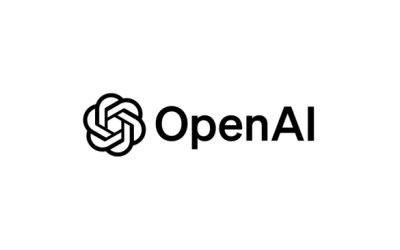
Microsoft Official Courses (MOC)
Course 20334C: Core Solutions of Microsoft Skype for Business 2015/2019
За Курса (About this Course):
-
-
This course provides students with the knowledge and skills that are required to plan, deploy, configure, and administer a Skype for Business 2015 solution. Students will learn how to deploy a multi-site and highly available Skype for Business infrastructure that supports instant messaging, conferencing, Persistent Chat, archiving, and monitoring. Students will also learn how to manage and maintain the infrastructure and how to troubleshoot issues that might arise. This course focuses primarily on an on-premises Skype for Business deployment, but it does include information on how to integrate an on-premises deployment with Skype for Business Online and how to migrate from previous versions of Lync Server. This course helps students prepare for Exam 70-334.
-
Цели – Какво ще научите (Course Goals/Skills):
- Design and architecture of Skype for Business Server
- Installing and Implementing Skype for Business Server
- Administering Skype for Business Server
- Configuring Users and Clients in Skype for Business
- Configuring and Implementing Conferencing in Skype for Business
- Implementing Additional Conferencing Options in Skype for Business Server
- Designing and Implementing Monitoring and Archiving in Skype for Business
- Deploying Skype for Business External Access
- Implementing Enterprise Voice in Skype for Business Server
- Implementing High Availability in Skype for Business
- Implementing Disaster Recovery in Skype for Business
- Implementing a Skype for Business Server and Office 365 Hybrid Deployment
- Planning and Implementing a Migration to Skype for Business Server or Microsoft Teams
Курсът е предназначен за (Audience):
-
The primary audience for this course is information technology (IT) professionals who are responsible for the Skype for Business deployment in their organizations. Experience with previous versions is beneficial but not required for students taking this course. Students should be proficient with Active Directory Domain Services (AD DS), data networks, and telecommunications standards and components that support the configuration of Skype for Business. Students should also be familiar with Microsoft Exchange Server and Microsoft 365. The secondary audience for this course includes IT professionals who are planning to take the exam 70- 334: Core Solutions of Skype for Business 2015 as a stand-alone exam or as part of the requirement for the Microsoft Certified Solutions Expert (MCSE): Communications certification exam.
Формат на курса (Course Format):
 |  |
|---|---|
Присъствен (Classroom) Курс в Учебната ни зала или В Офис на Клиент | Онлайн (Online/Virtual) Курс във виртуална зала с инструктор |
Език на курса (Course Language Option)
 |  |
|---|---|
Български (Bulgarian) | Английски (English) |
Може да изберете Език на който да се проведе обучението – български или английски. Всичките ни инструктори владеят свободно английски език.
Учебни Материали (Student Guides):
Учебните материали са достъпни в електронен формат. Могат да се ползват online/offline на всяко устройство. Доживотен достъп.
Лабораторна среда (Lab Environment):
Всеки курсист разполага със собствена лаб среда, където се провеждат упражненията, част от курса. Не е необходимо да инсталирате софтуер на компютър или специални изисквания за хардуер.
Участниците в присъствен формат в Учебния ни център разполагат с индивидуален компютър по време на обучението.
След завършване получавате (At Course Completion):
 |  |
|---|---|
Lifetime Access - Video Archive 24/7 | Certificate of Course Completion |
Доживотен достъп до видео архив с запис на всяка отделна лекция.
Официален международно признат сертификат за завършен курс на обучение.
Продължителност (Course Duration):
-
5 работни дни (09:00 – 17:00)
или
-
40 уч.ч. обучение (теория и практика) в извънработно време с продължителност 4 седмици
-
събота и неделя 10:00 – 14:00, 14:00 – 18:00, 18:00 – 22:00
-
понеделник и сряда 19:00 – 23:00
-
вторник и четвъртък 19:00 – 23:00
Плащане
За този курс може да ползвате и платите с Microsoft Software Assurance Training Vouchers
Заявка за издаване на фактура се приема към момента на записването на съответния курс.
Фактура се издава в рамките на 7 дни от потвърждаване на плащането.
Предстоящи Курсове (Next Class):
За повече информация използвайте формата за контакт.
Ще се свържем с Вас за потвърждаване на датите.
Предпоставки (Изисквания) за Участие (Prerequisites):
-
In addition to their professional experience, students who attend this training should already have the following technical knowledge:
- Minimum of two years of experience administering Windows Server, including Windows Server 2016 or Windows Server 2019
- Minimum of two years of experience working with AD DS
- Minimum of two years of experience working with name resolution, including Domain Name System (DNS)
- Experience working with certificates, including public key infrastructure (PKI) certificates
- Experience working with Windows PowerShell
- Understanding of data networks and telecommunications standards and components
Курсът подготвя за следните сертификационни нива
-
70-334: Core Solutions of Microsoft Skype for Business 2015
- Може да се сертифицирате в нашия тест център с ваучер с отстъпка от цената на изпит.








